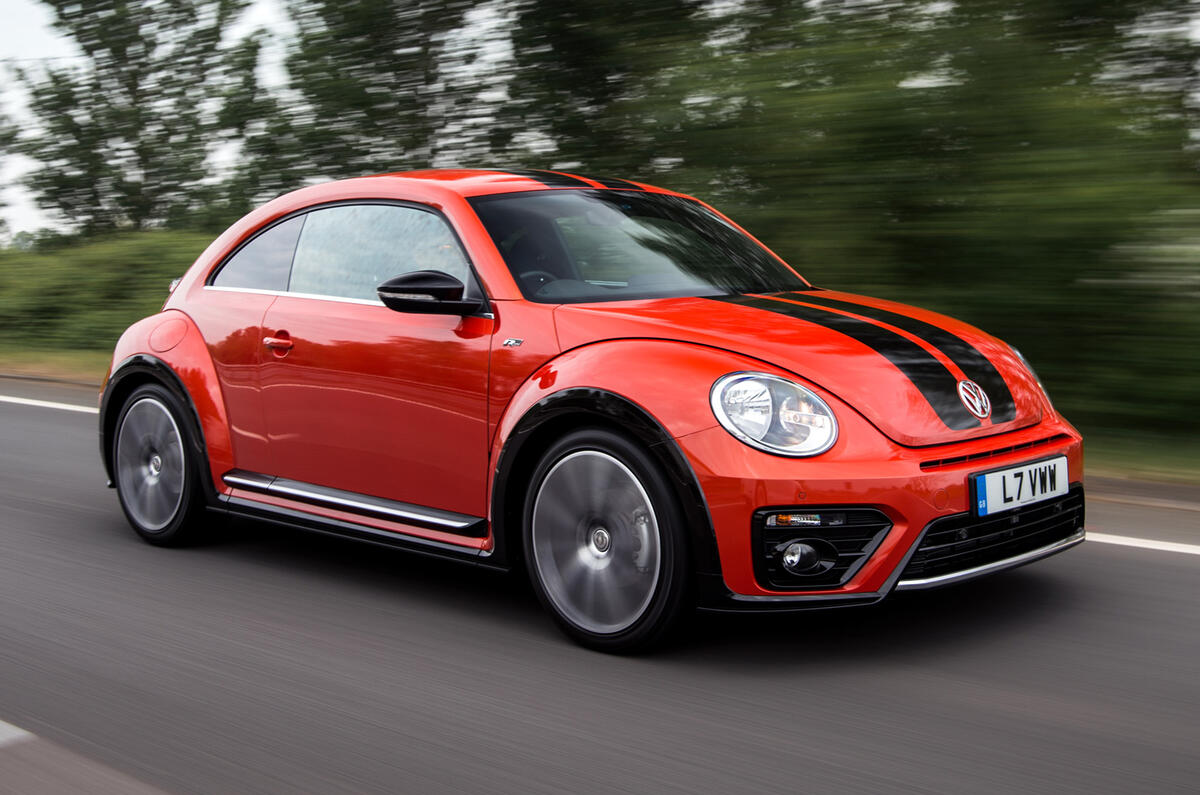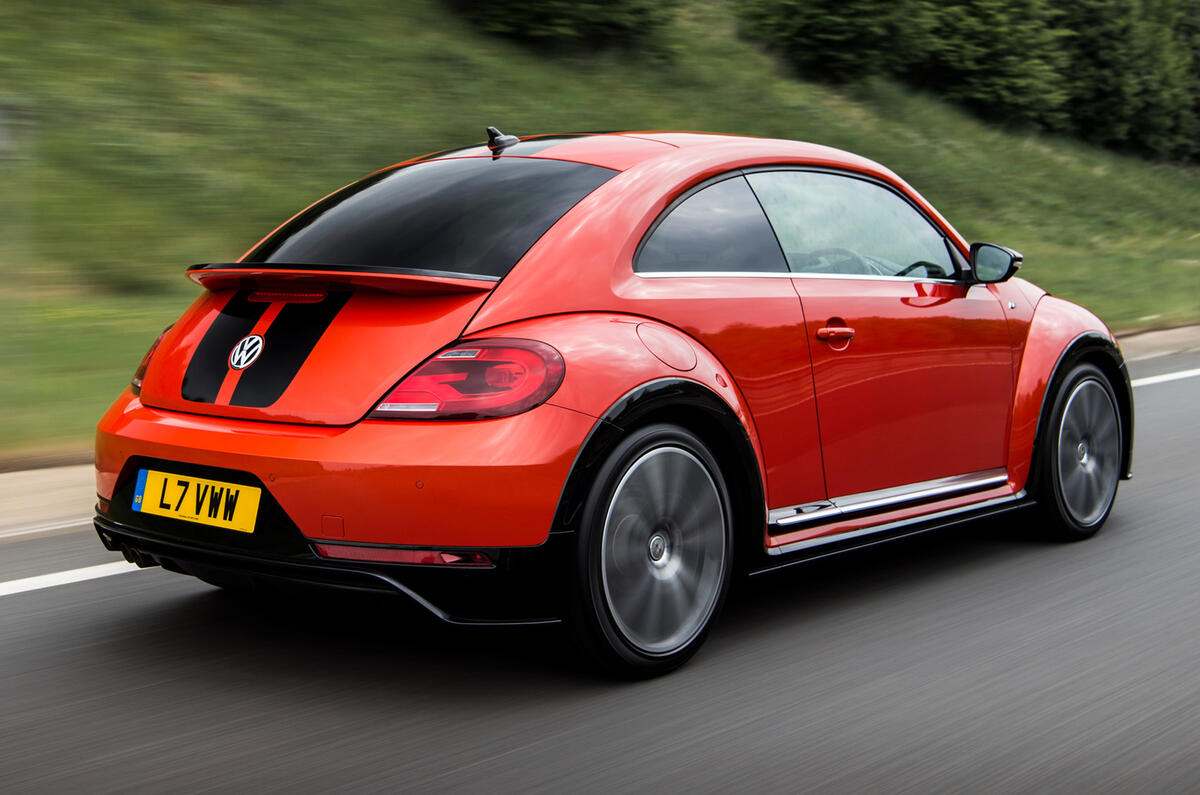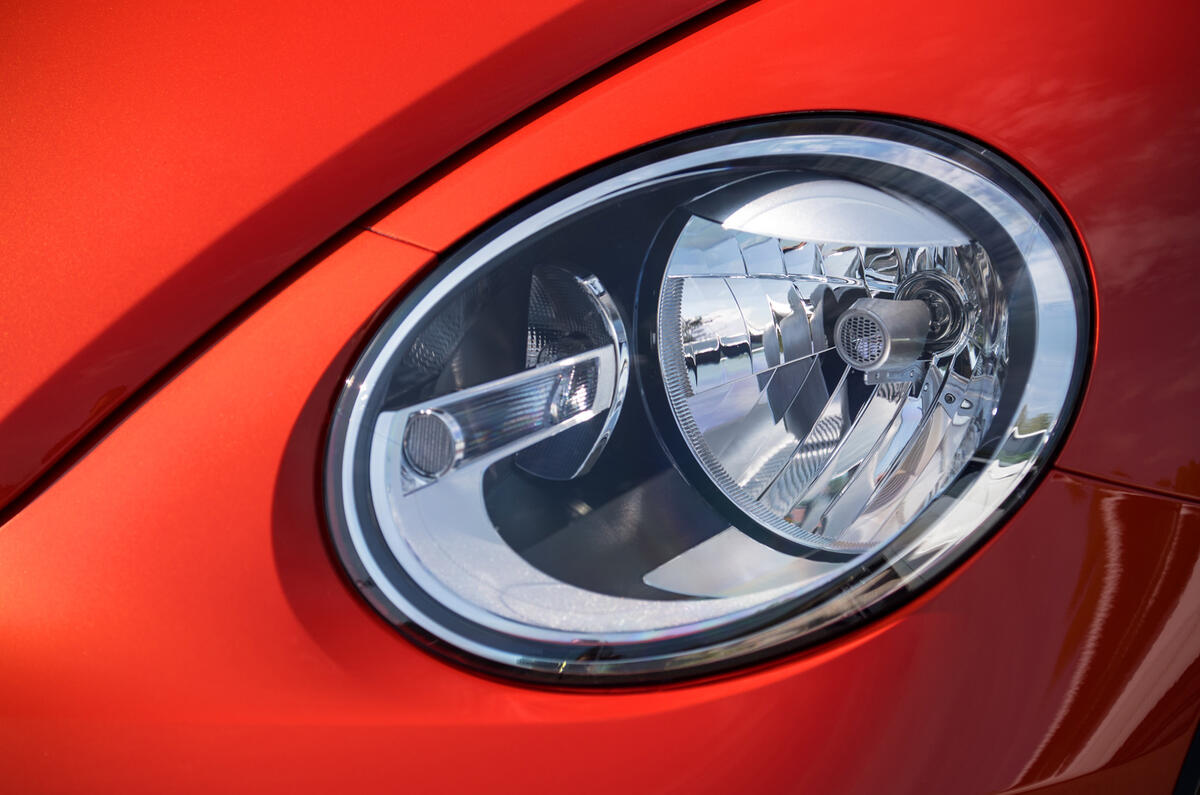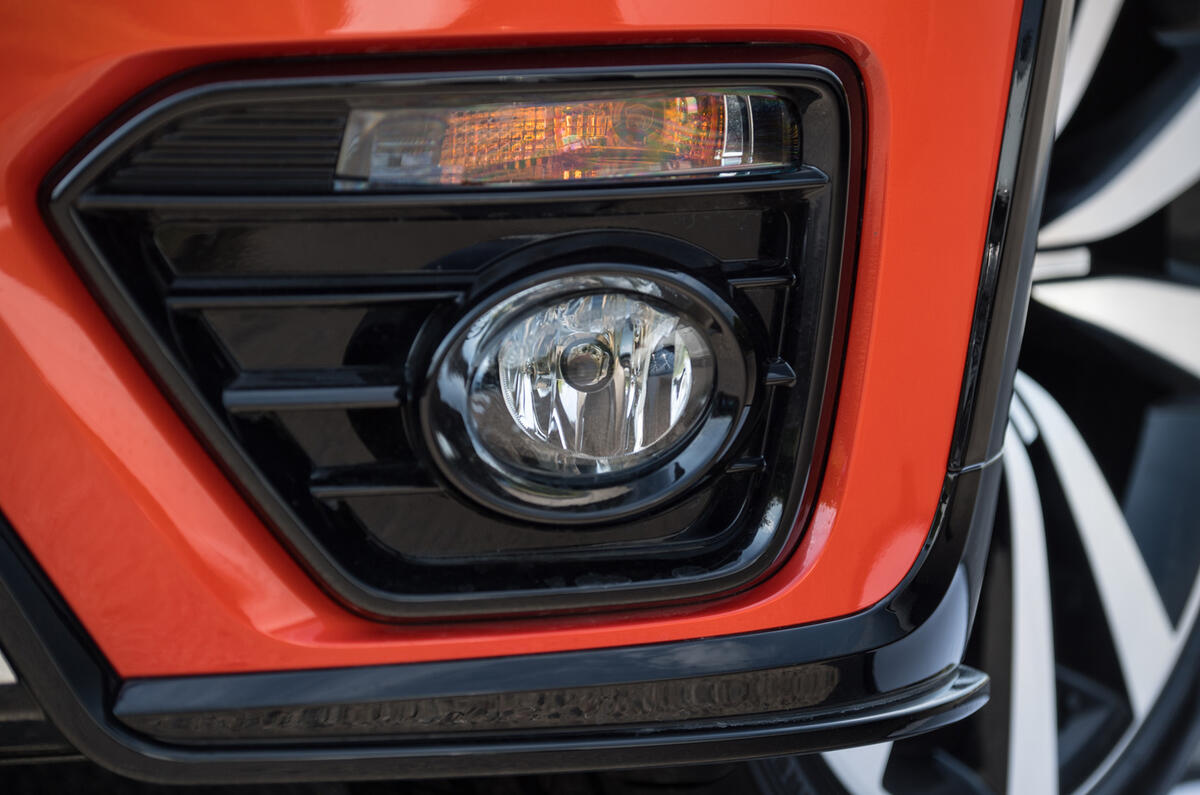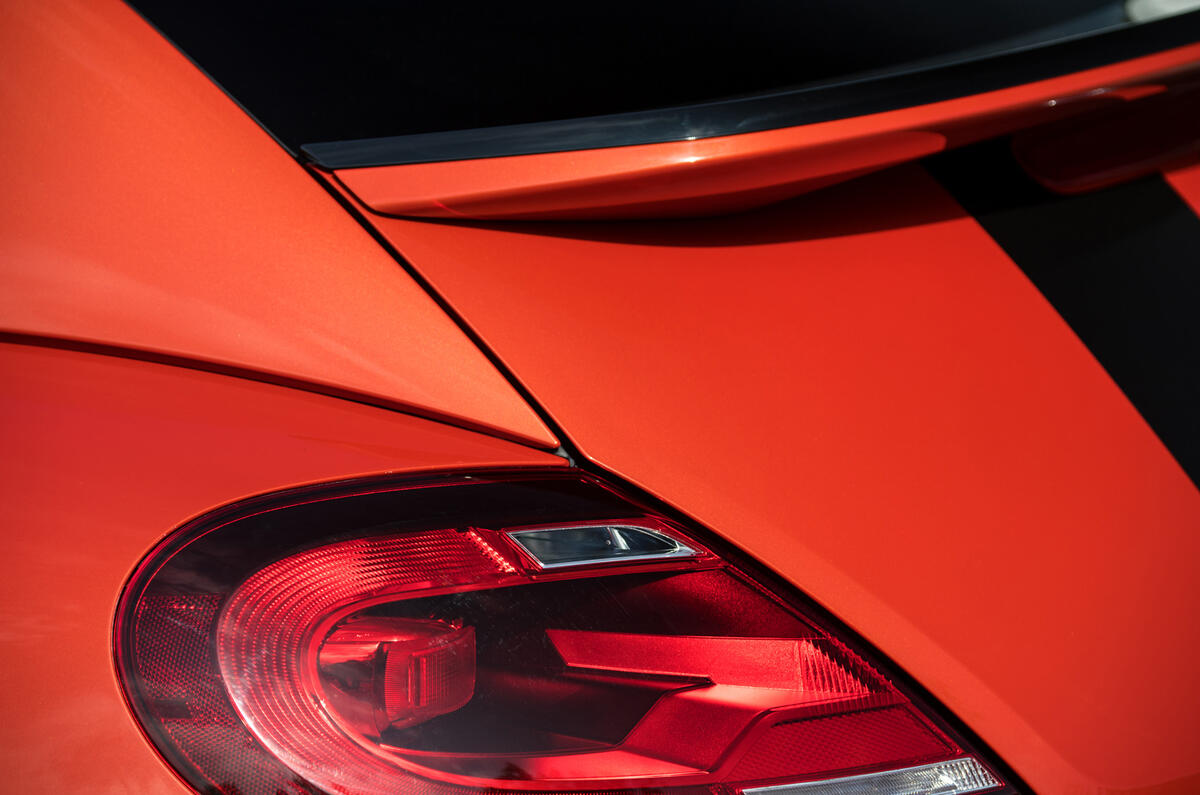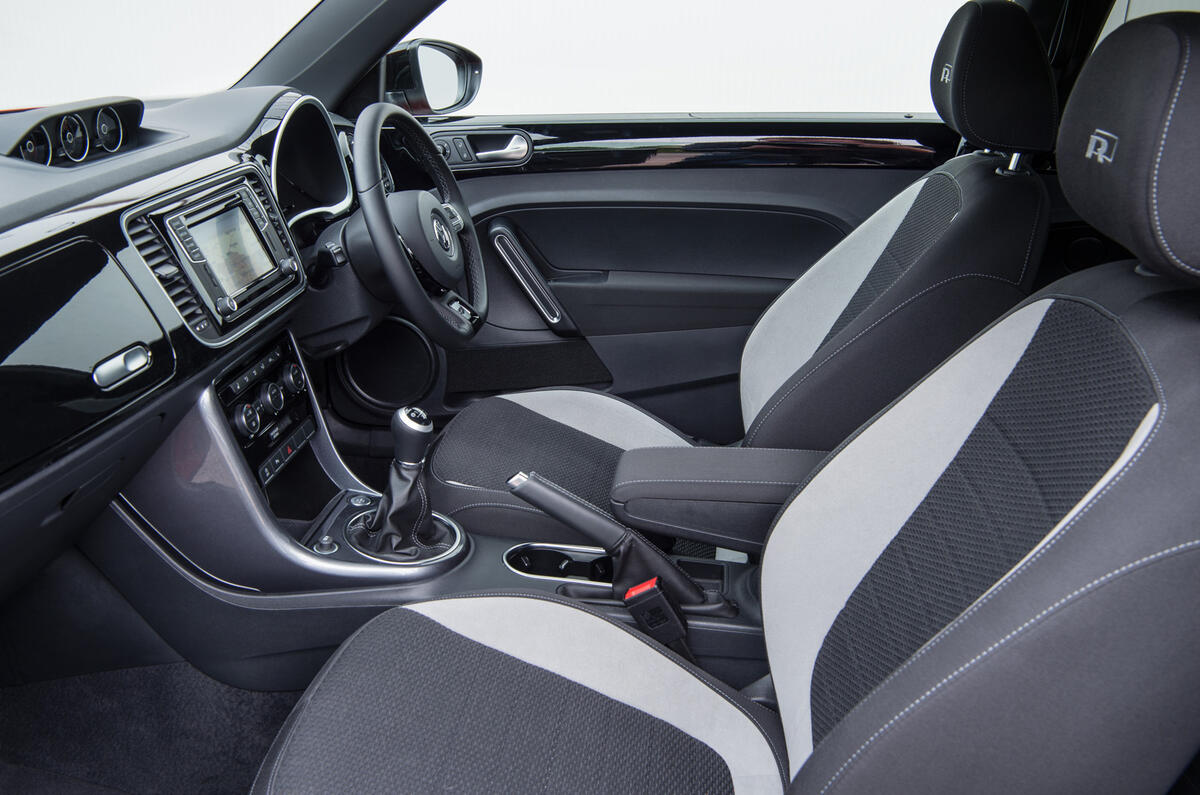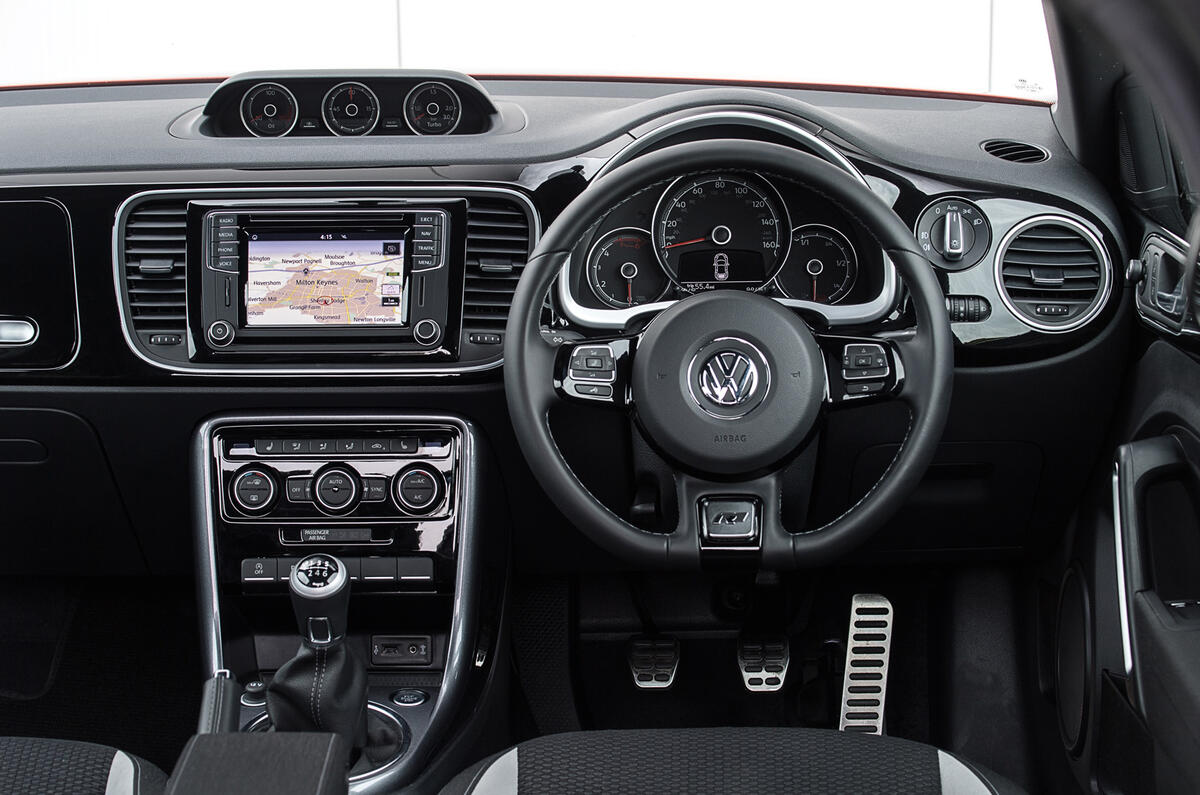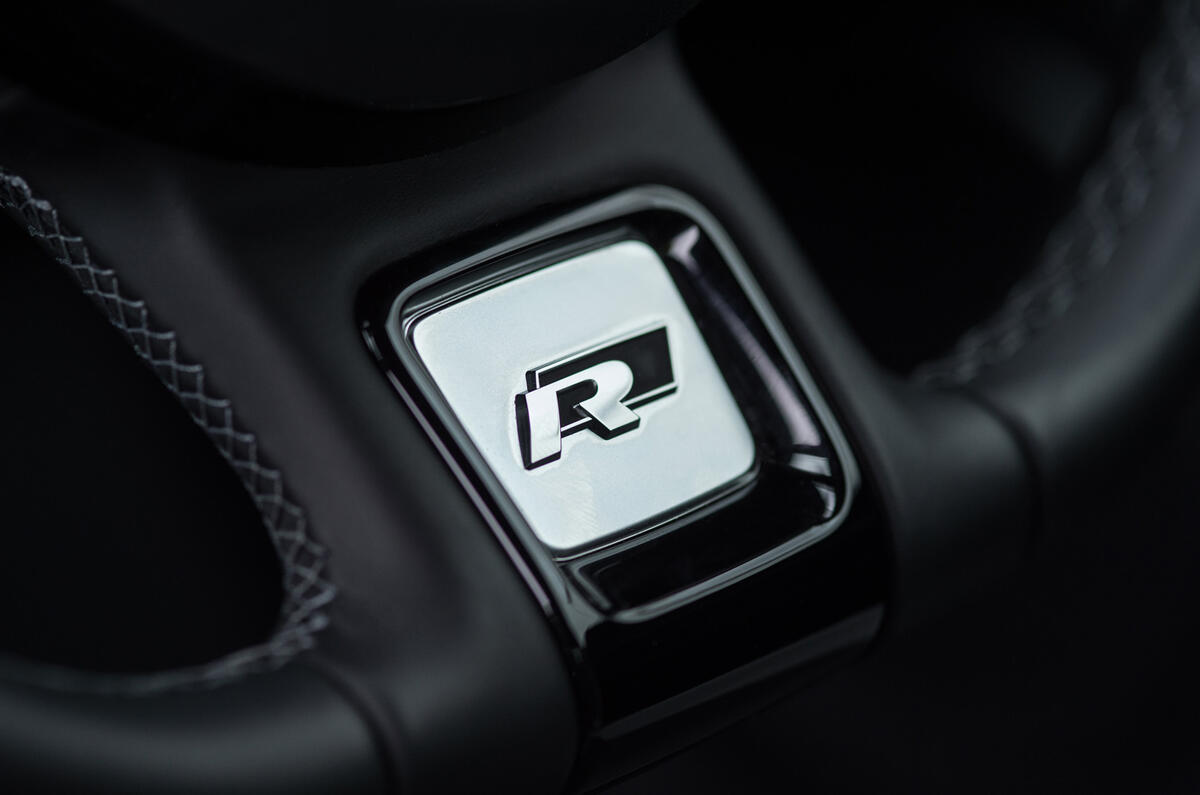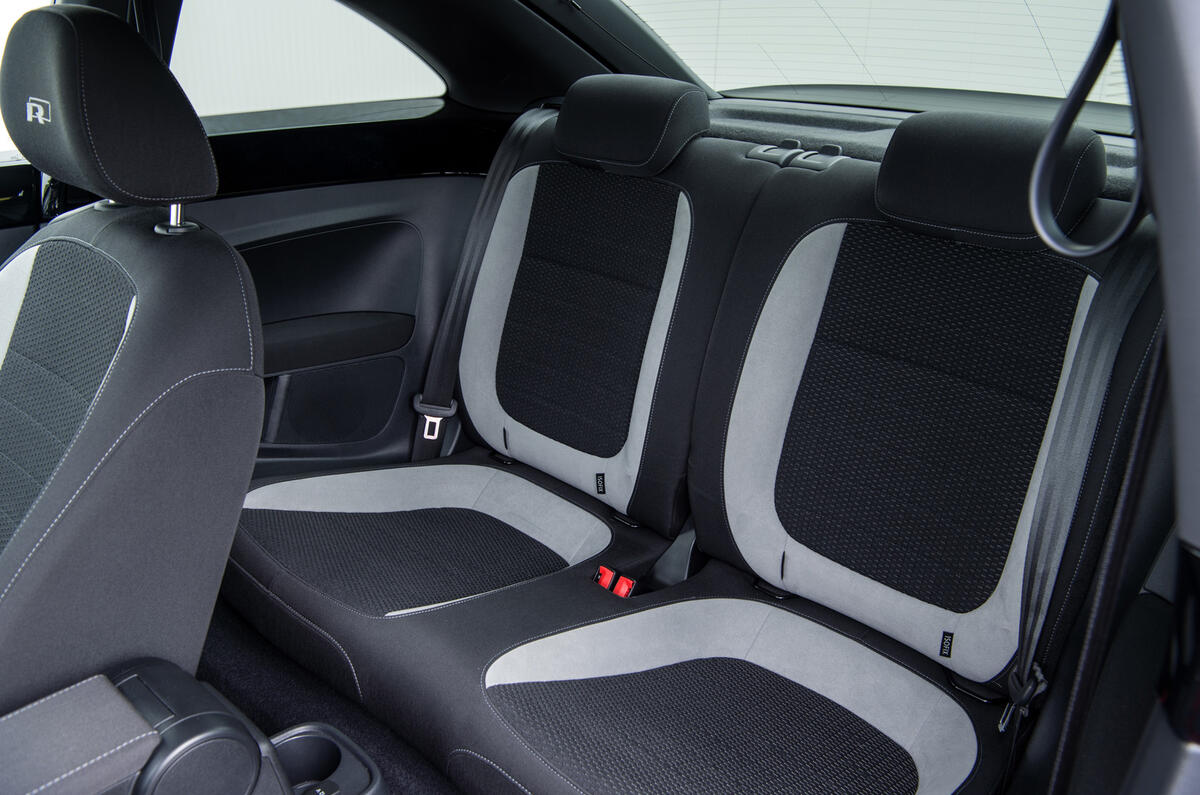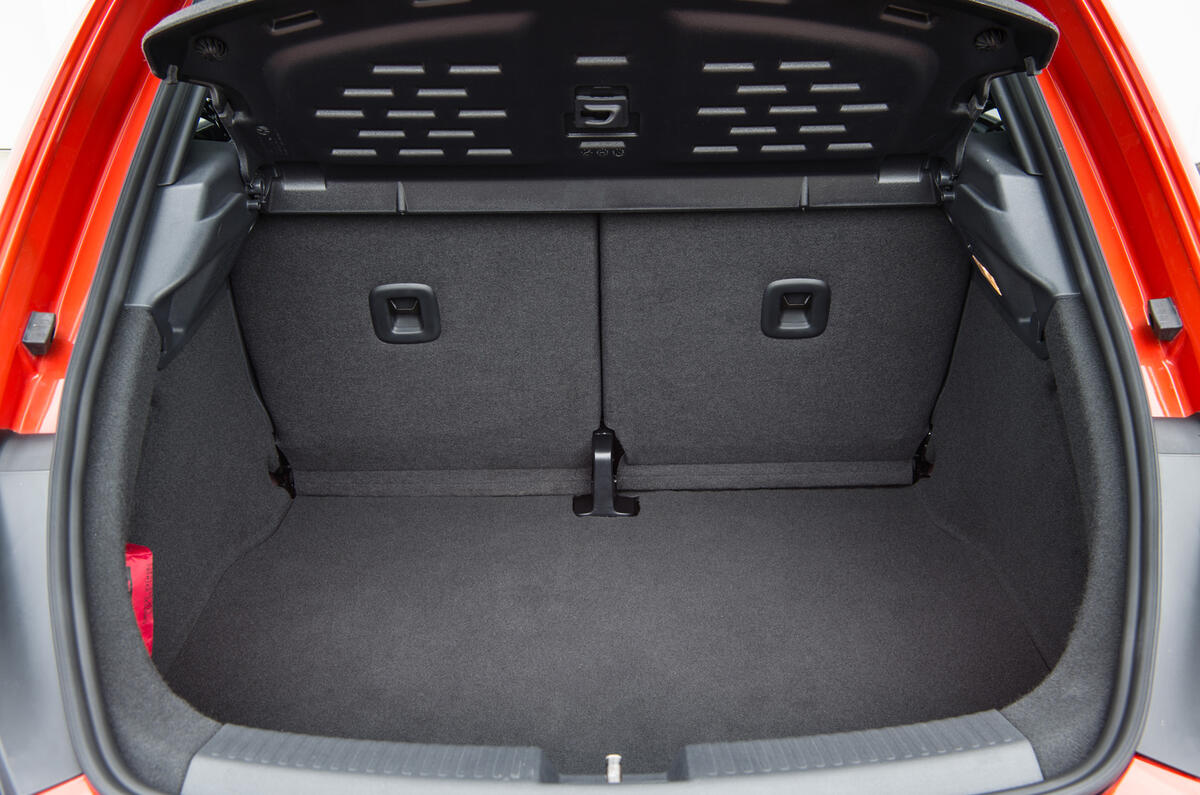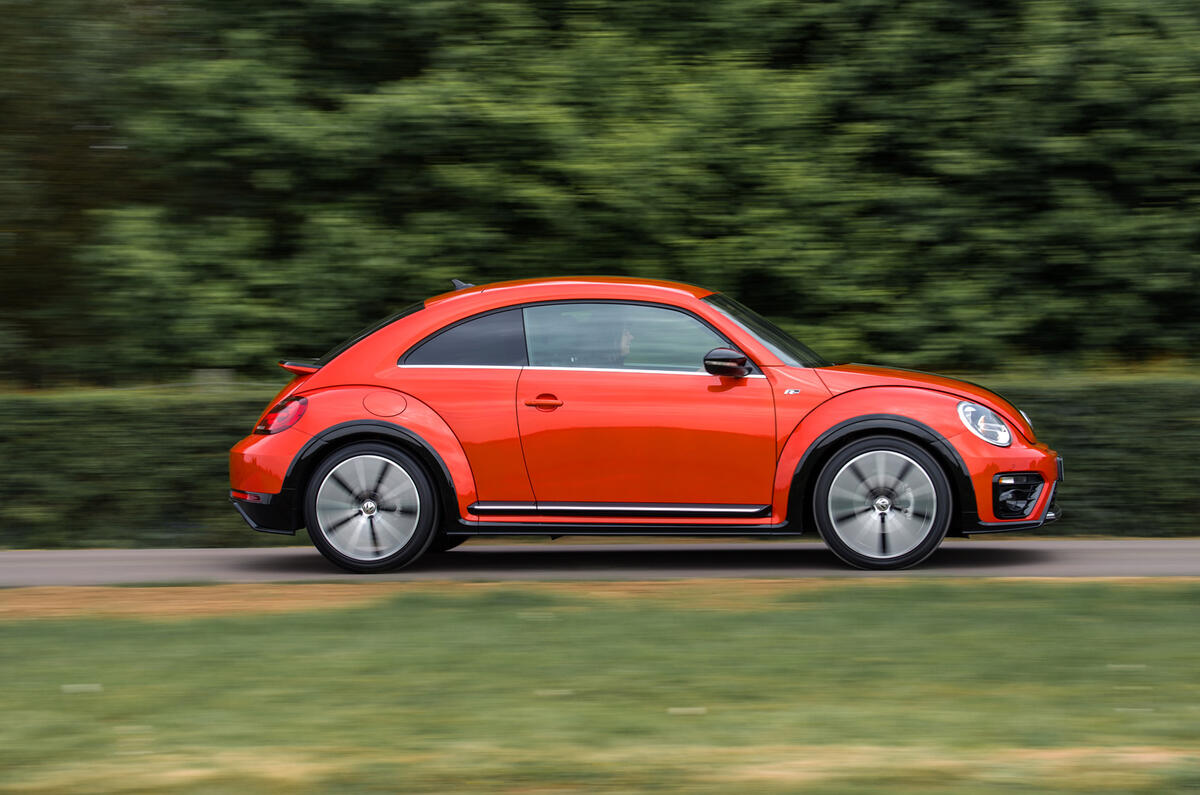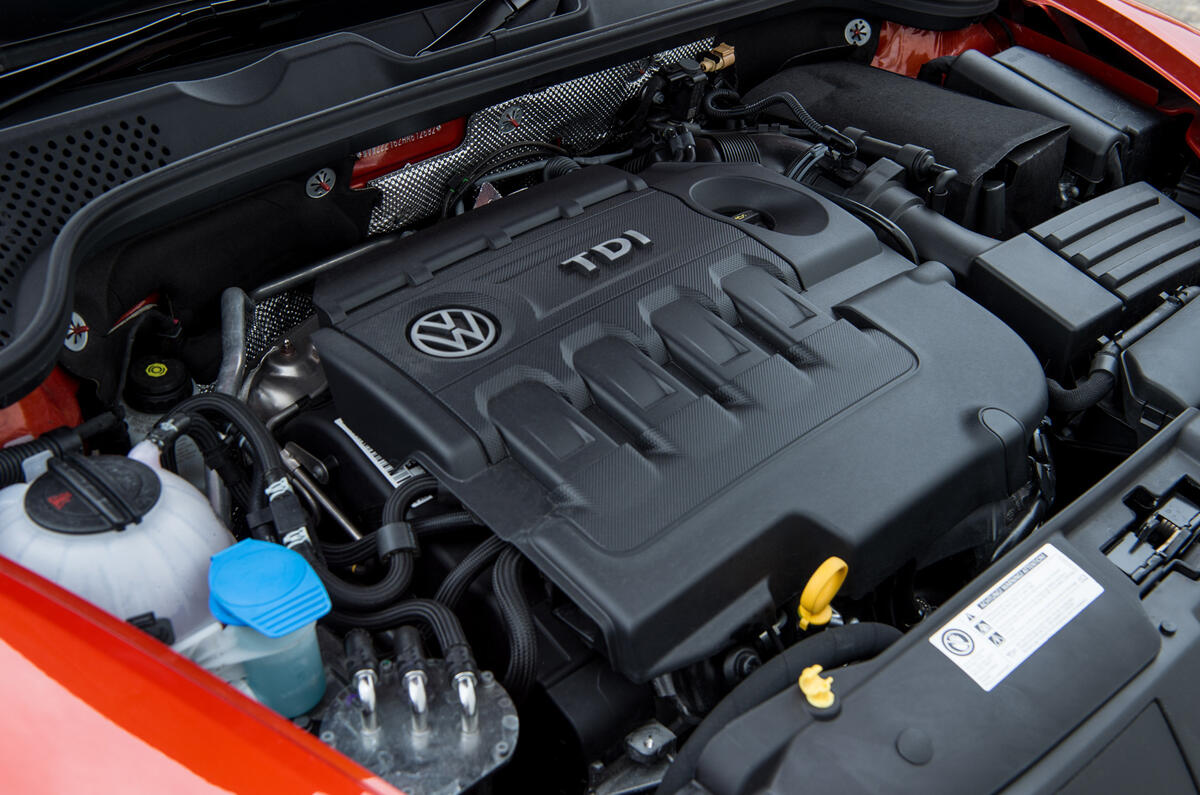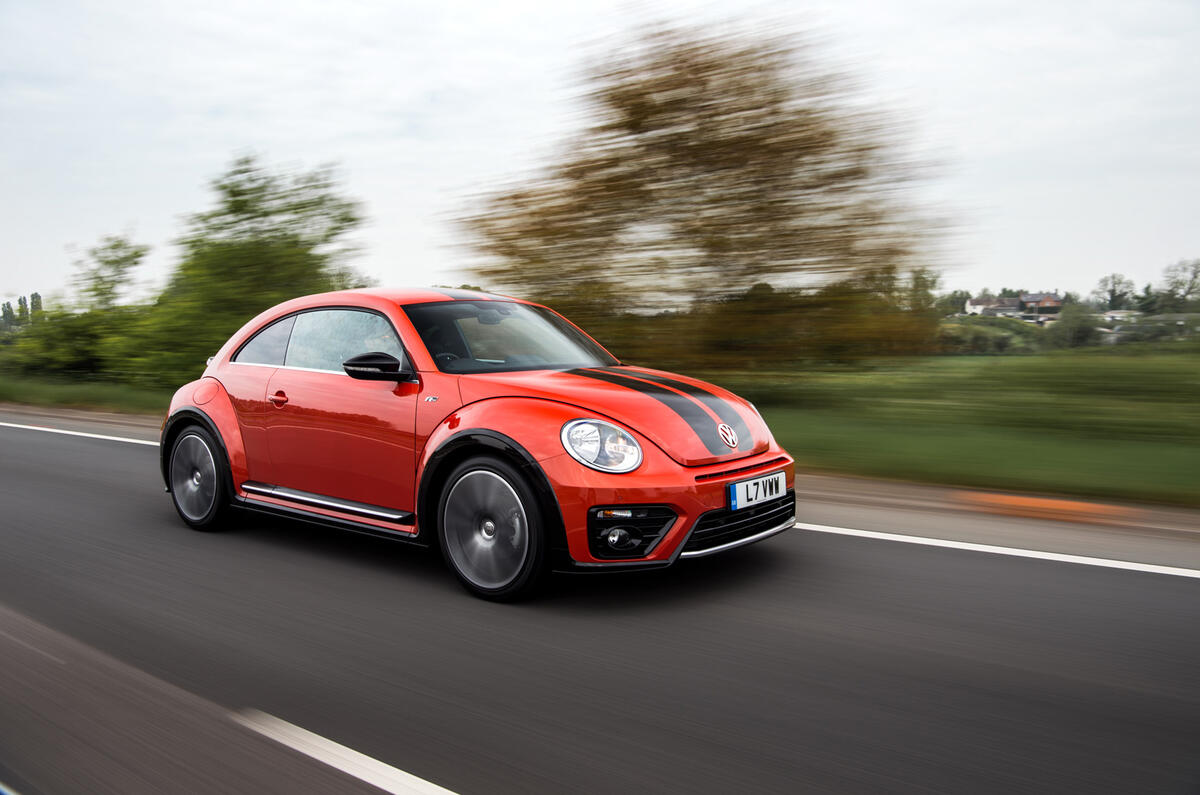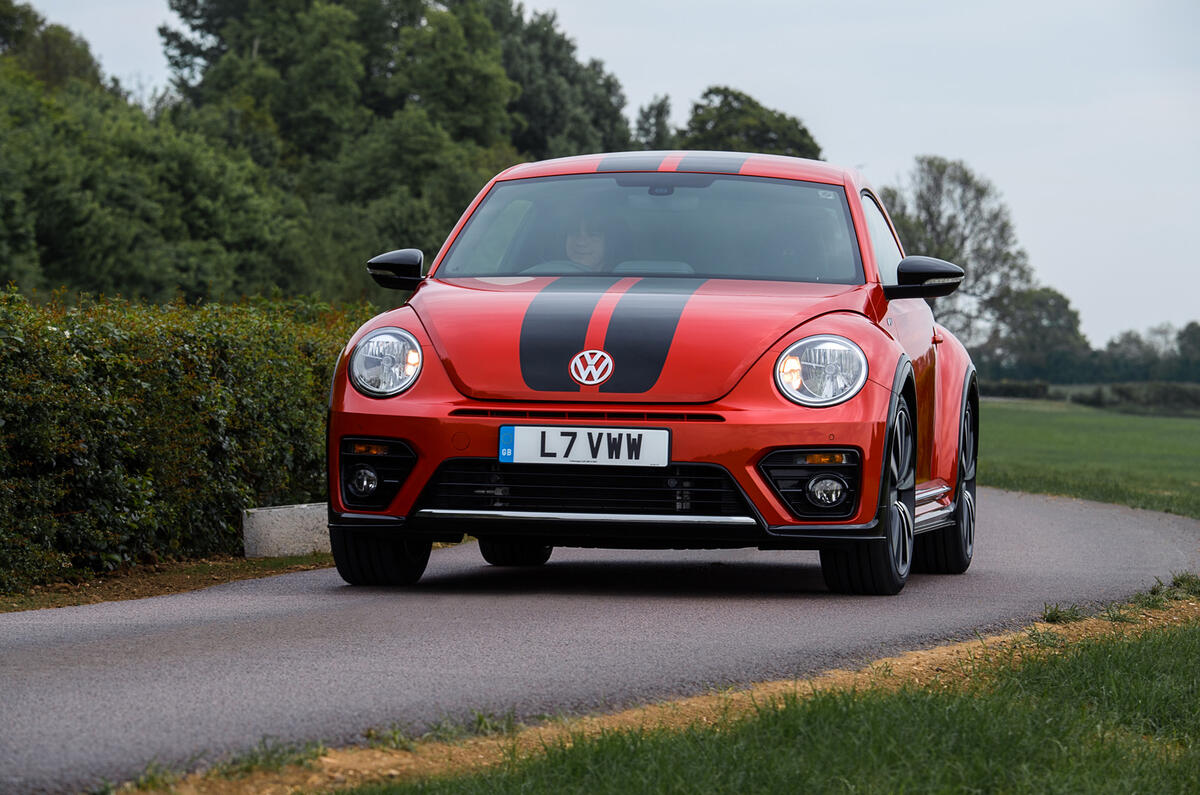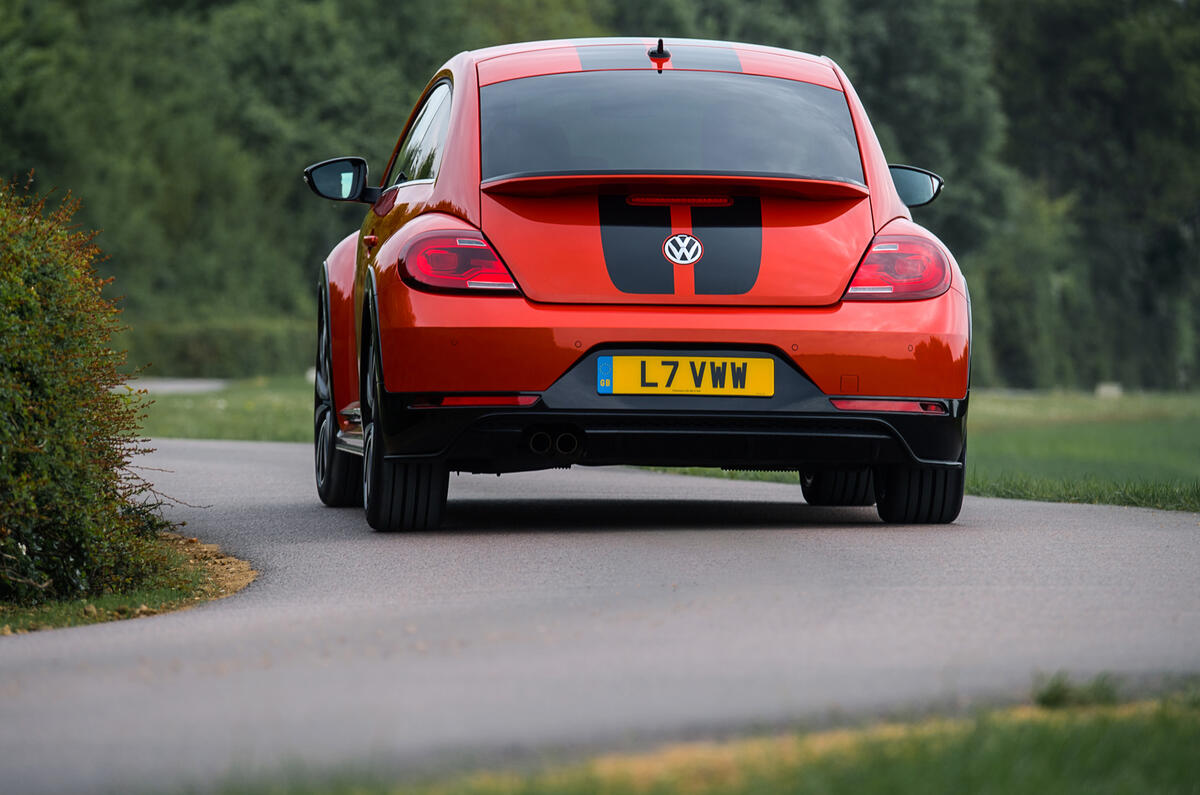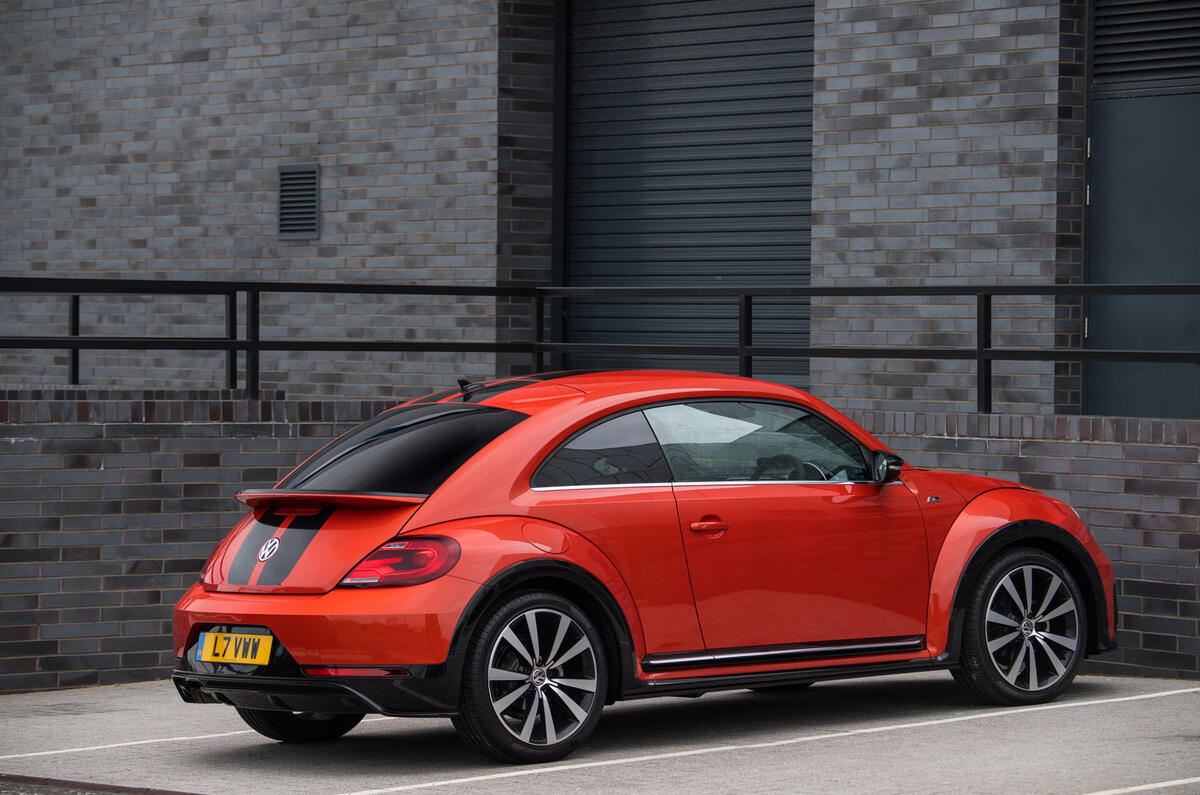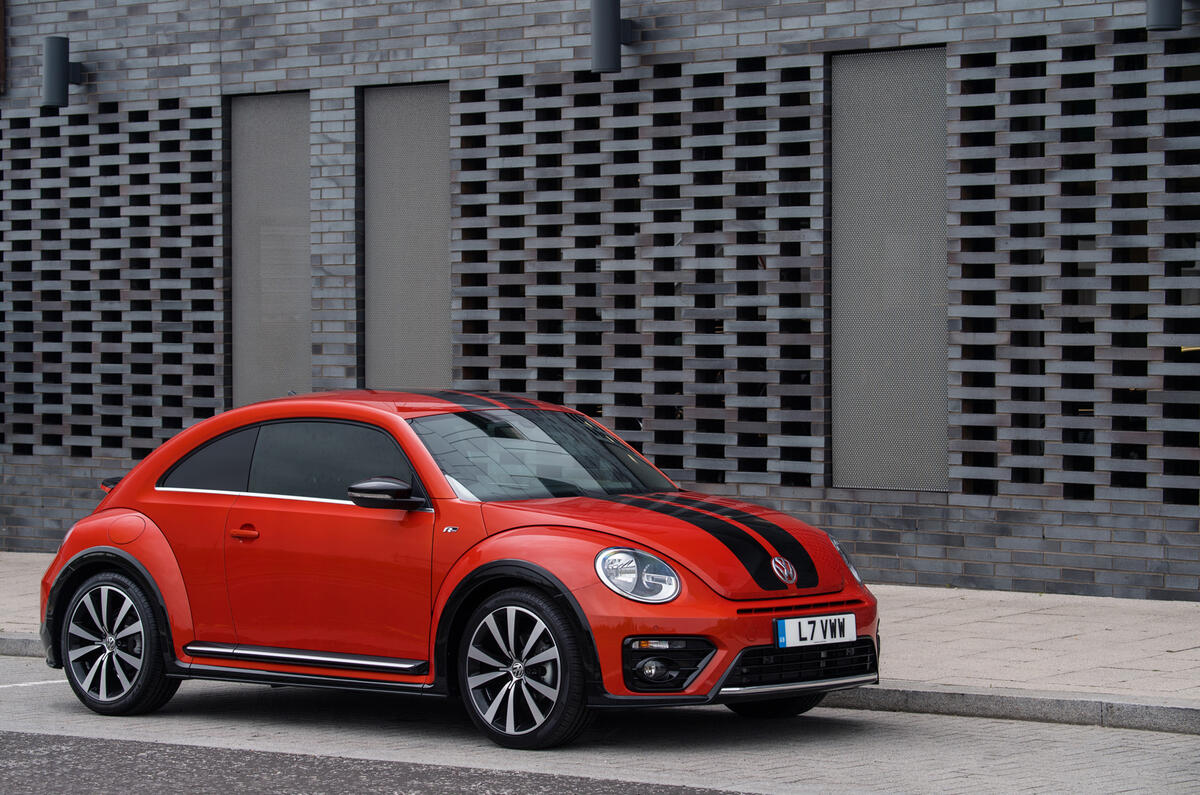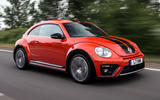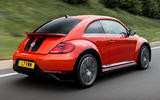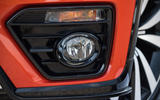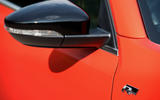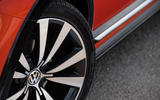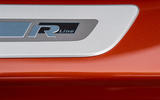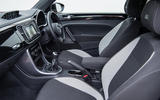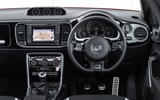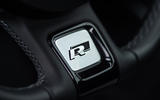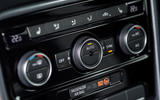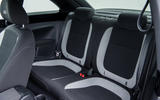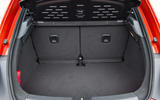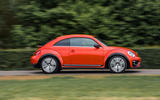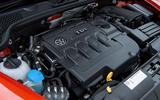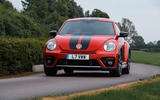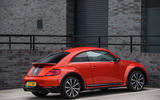Volkswagen launched the pseudo-retro ‘new Beetle’ back in 1998. Helped by a couple of minor mid-life facelifts, it sold more than a million units before being discontinued in 2010.
Despite its global sales achievements, however, it failed to deliver much of a dynamic thrill, and instead relied on diluted nostalgic appeal to secure sales to a predominantly female customer base.
This, then, is the all-new ‘new Beetle’, a ground-up reworking of the people’s car concept that draws heavily on both the iconic original and its more contemporary replacement. With a revised exterior design, larger dimensions, extensively reworked interior, greater space and more modern underpinnings, Volkswagen is also hoping to attract a greater number of male buyers to the Beetle fold than before.
From an exterior design standpoint the new Beetle does impress, and from the first glance you’re aware that more time and thought has gone into perfecting its appearance. Step inside and you’re confronted by an unusually high dashboard that has been styled to replicate that of the original Beetle, complete with an old fashioned glovebox compartment in the fascia.
There are currently four engine choices for British Beetles. The range starts with the 1.2-litre TSI that is shared with the various VAG group superminis. In the Beetle, it offers 104bhp, 47.9mpg and 126g/km. Next in the petrol line-up is the 'Twincharger' 1.4-litre TSI. Combining both a turbo and a supercharger produces 148bhp, with economy and emissions rated at 42.8mpg combined and 132g/km respectively. Overall, the Twincharger unit is a hard engine to fault. It’s economical and revs freely and progressively to its post-6000rpm redline. It doesn’t feel particularly punchy, but then with an 8.3sec 0-62mph time, few would expect it to be.


